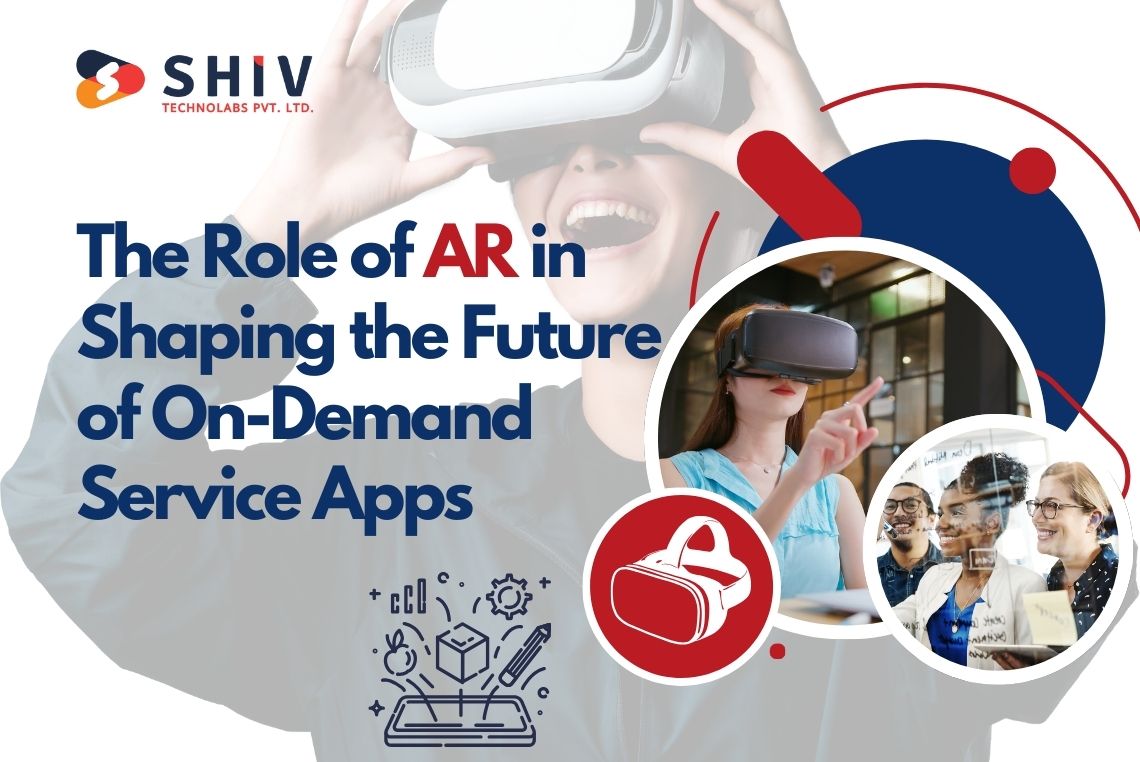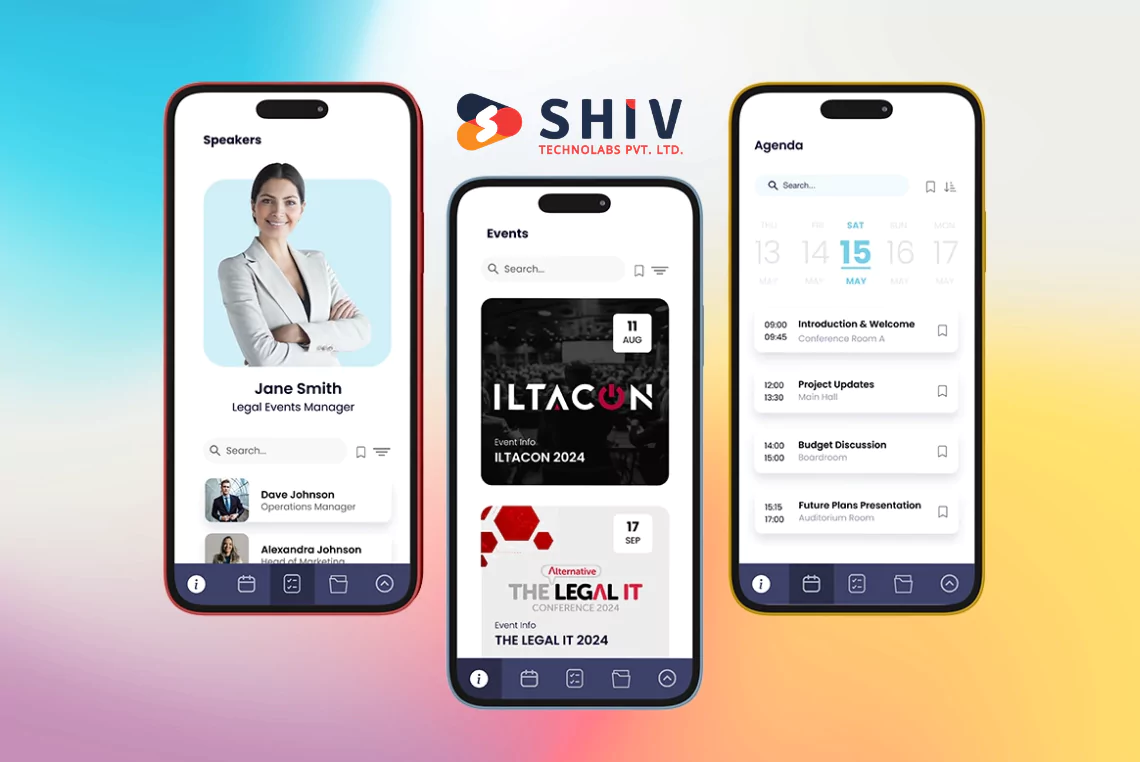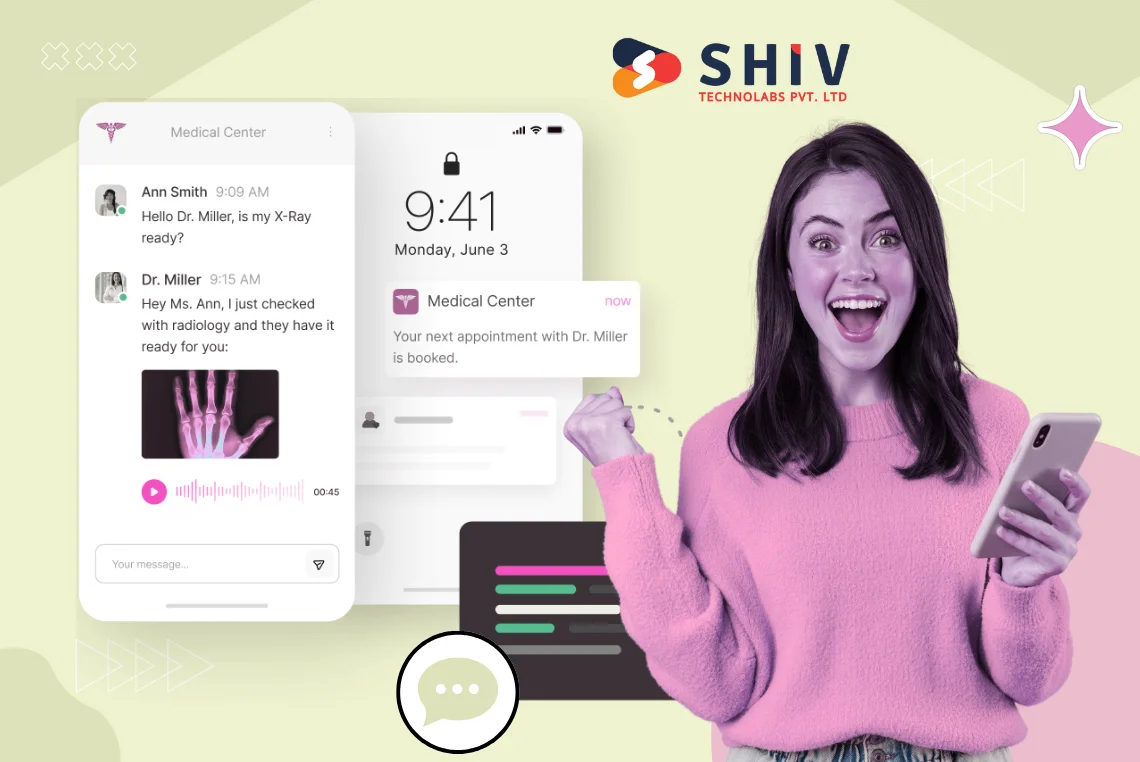Table of Contents
Augmented Reality (AR) is no longer a futuristic concept; it is already transforming industries and reshaping how businesses interact with consumers. In the on-demand economy, AR has emerged as a powerful tool to improve customer experience and redefine the boundaries of what is possible in various services.
By overlaying digital content onto the physical world, AR allows users to interact with their environment in ways previously unimaginable. As on-demand service apps continue to grow, the integration of AR is poised to take these platforms to new heights, bringing convenience, innovation, and deeper customer engagement.
This article will examine how AR is shaping the future of on-demand service apps, looking at its current applications, potential benefits, challenges, and the possibilities it holds for different sectors.
Understanding AR in On-Demand Services

Before diving into specific applications, it’s essential to understand what AR entails in the context of on-demand services. Augmented Reality refers to the integration of computer-generated images, sounds, or other digital content into a user’s perception of the real world. Unlike Virtual Reality (VR), which creates an entirely new environment, AR adds layers to the existing one, blending digital and physical elements in real time.
In the on-demand economy, where services are provided almost instantly through digital platforms, AR offers an added dimension. It allows users to visualize products, access enhanced information, and interact with their surroundings through apps designed to meet their specific needs. Whether it’s trying on virtual clothes or seeing how furniture fits in your home, AR introduces new possibilities to on-demand service platforms.
How AR is Changing On-Demand Service Sectors
1. Retail and E-commerce
The retail industry is one of the most prominent areas where AR has found its footing in on-demand apps. As shopping habits shift increasingly toward online platforms, customers face a significant challenge—they can’t physically interact with the product. This has created a gap that AR is filling.
On-demand e-commerce platforms are incorporating AR to allow customers to virtually try products before making a purchase. For example, fashion apps enable users to “try on” clothes or accessories by superimposing the items onto their image. Similarly, furniture retailers have introduced features where users can visualize how a couch or a table would look in their actual living room by pointing their phone’s camera at the desired spot.
This AR-driven approach reduces the uncertainty that comes with online shopping and empowers customers to make more informed decisions. It also has the potential to reduce product returns, a common problem faced by retailers. Through the ability to visualize products in real-time, users can avoid choosing items that won’t fit or look right in their space, making the overall shopping experience more satisfying.
2. On-Demand Healthcare
Healthcare services have become a vital part of the on-demand economy, with platforms offering medical consultations, medication delivery, and telehealth solutions. AR holds promise in revolutionizing this sector by enhancing how patients and healthcare providers interact with medical information.
One of the primary uses of AR in on-demand healthcare apps could be in remote consultations. With AR, doctors can overlay critical information, such as X-rays or other medical images, onto a patient’s body in real time. This allows for more accurate diagnostics without the need for an in-person visit. Patients can also benefit from AR by receiving step-by-step guidance on performing at-home treatments or procedures, with the app overlaying instructions directly onto their surroundings.
Moreover, AR has potential in medical training and education. On-demand platforms that offer healthcare training or professional development can integrate AR to provide immersive learning experiences. Trainees could use AR to simulate surgeries or other complex medical procedures, enhancing their skills in a controlled, interactive environment.
3. Real Estate and Interior Design
The real estate industry has also embraced on-demand services, allowing buyers and renters to browse properties, book appointments, and even sign contracts online. AR takes this process a step further by providing virtual tours of properties, eliminating the need for physical visits while still offering a realistic sense of space and design.
Real estate apps with AR capabilities allow potential buyers to walk through a property as if they were physically there. This not only saves time but also broadens access to properties in different cities or countries. Interior design apps are similarly revolutionized by AR, offering the ability to experiment with different furniture arrangements, color schemes, or layouts, all from the user’s home. This interactive capability simplifies the decision-making process for consumers looking to furnish or remodel a space.
4. Education and Learning
Educational platforms are another area where AR is proving invaluable in the on-demand space. On-demand learning apps have already brought flexibility to education by allowing students to learn at their own pace and time. AR can enhance this experience by turning abstract concepts into interactive, visual content that’s easier to grasp.
For instance, a biology app could use AR to allow students to explore the anatomy of a human body by pointing their camera at an image in their textbook, making the learning experience more engaging and interactive. AR’s ability to offer immersive experiences makes it particularly useful in fields like science, engineering, and medicine, where hands-on experience is crucial for understanding complex topics.
By integrating AR into on-demand educational platforms, learning becomes more accessible, engaging, and effective, providing students with tools that cater to different learning styles and preferences.
5. Entertainment and Media
In the entertainment sector, AR is unlocking new ways for consumers to interact with content. On-demand media services, particularly those offering video content, are using AR to create interactive and immersive experiences that go beyond traditional media consumption.
AR can be used to add extra layers of interaction to movies, shows, or games. For example, an on-demand app could allow users to interact with virtual characters or scenes from a movie, bringing a more immersive and dynamic element to home entertainment. Gamification through AR is another trend gaining traction, where users can participate in real-world treasure hunts, challenges, or competitions that are augmented by the app, blending the lines between physical and digital entertainment.
6. Transportation and Logistics
The transportation and logistics sector has already been disrupted by the on-demand economy, with ride-hailing services like Uber and Lyft setting the standard. AR can further enhance this sector by improving navigation and enhancing the overall experience for both drivers and passengers.
For example, AR-based navigation systems integrated into ride-hailing apps could overlay directions onto a driver’s windshield, reducing the need to look away from the road and enhancing safety. In the logistics sector, AR could assist delivery drivers by overlaying real-time information about delivery locations, traffic conditions, or package details onto their route, streamlining the entire process.
AR also holds potential for customers using on-demand delivery apps, who could track their packages in real-time and even get a visual representation of how far away the driver is from their location, offering a more interactive and reassuring experience.
The Benefits of AR in On-Demand Services

The integration of AR into on-demand services brings numerous advantages to both users and service providers:
- Enhanced User Engagement: AR creates immersive experiences that keep users engaged with the app for longer periods, increasing interaction and customer satisfaction.
- Improved Decision-Making: By visualizing products, environments, or processes in real time, users are better equipped to make informed decisions, reducing the uncertainty often associated with online services.
- Personalization: AR enables a higher level of personalization by tailoring experiences to the user’s specific needs and preferences, creating a more relevant and enjoyable experience.
- Convenience: On-demand services thrive on convenience, and AR adds another layer to this by allowing users to interact with products or services in their own space, without needing to visit a physical location.
- Innovation: As AR technology evolves, it presents a unique opportunity for businesses to differentiate themselves in a competitive market by offering innovative features that improve the overall user experience.
Challenges in Implementing AR in On-Demand Apps
Despite the vast potential, integrating AR into on-demand service apps comes with its challenges. These include the technical limitations of current devices, the cost of developing AR features, and ensuring that the user interface remains intuitive and accessible to all users. Additionally, there is a need for fast and reliable internet connections to support AR applications, particularly for real-time services like navigation or live product visualization.
Data privacy concerns are another significant hurdle, as AR often requires access to cameras, location data, and other personal information. App developers must prioritize security and transparency when integrating AR to maintain user trust.
The Future of AR in On-Demand Services
As AR technology continues to advance, its role in on-demand service apps is expected to expand. Future innovations may include even more immersive experiences, such as real-time holographic representations, improved integration with AI, and seamless collaboration between AR and IoT (Internet of Things) devices.
In conclusion, AR is set to play a transformative role in the on-demand economy. By allowing users to interact with digital content in their real-world environment, AR can make services more accessible, engaging, and tailored to individual needs. As businesses continue to experiment with and invest in AR technology, it will undoubtedly shape the future of on-demand service apps across multiple industries.
At Shiv Technolabs, we specialize in providing cutting-edge On-demand App Development Services that bring your business ideas to life. With a deep understanding of how on-demand app solutions can revolutionize industries, our team is committed to delivering innovative and user-friendly applications that meet the evolving needs of today’s market. Whether you’re looking to integrate Augmented Reality into your platform or build a fully customized on-demand service, we are here to guide you through every step of the development process. Let us help you shape the future of your business with our expertise.



















